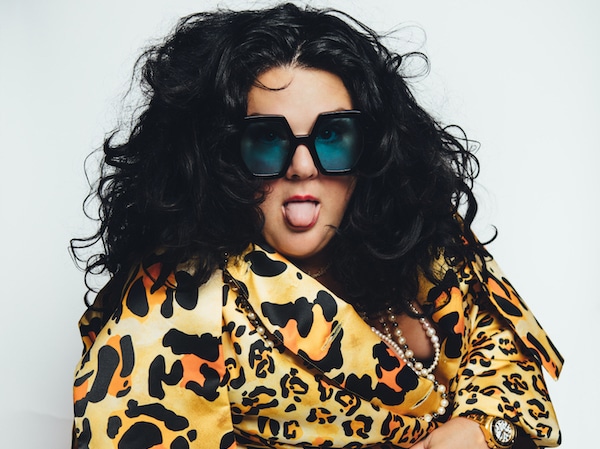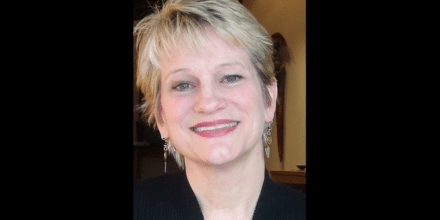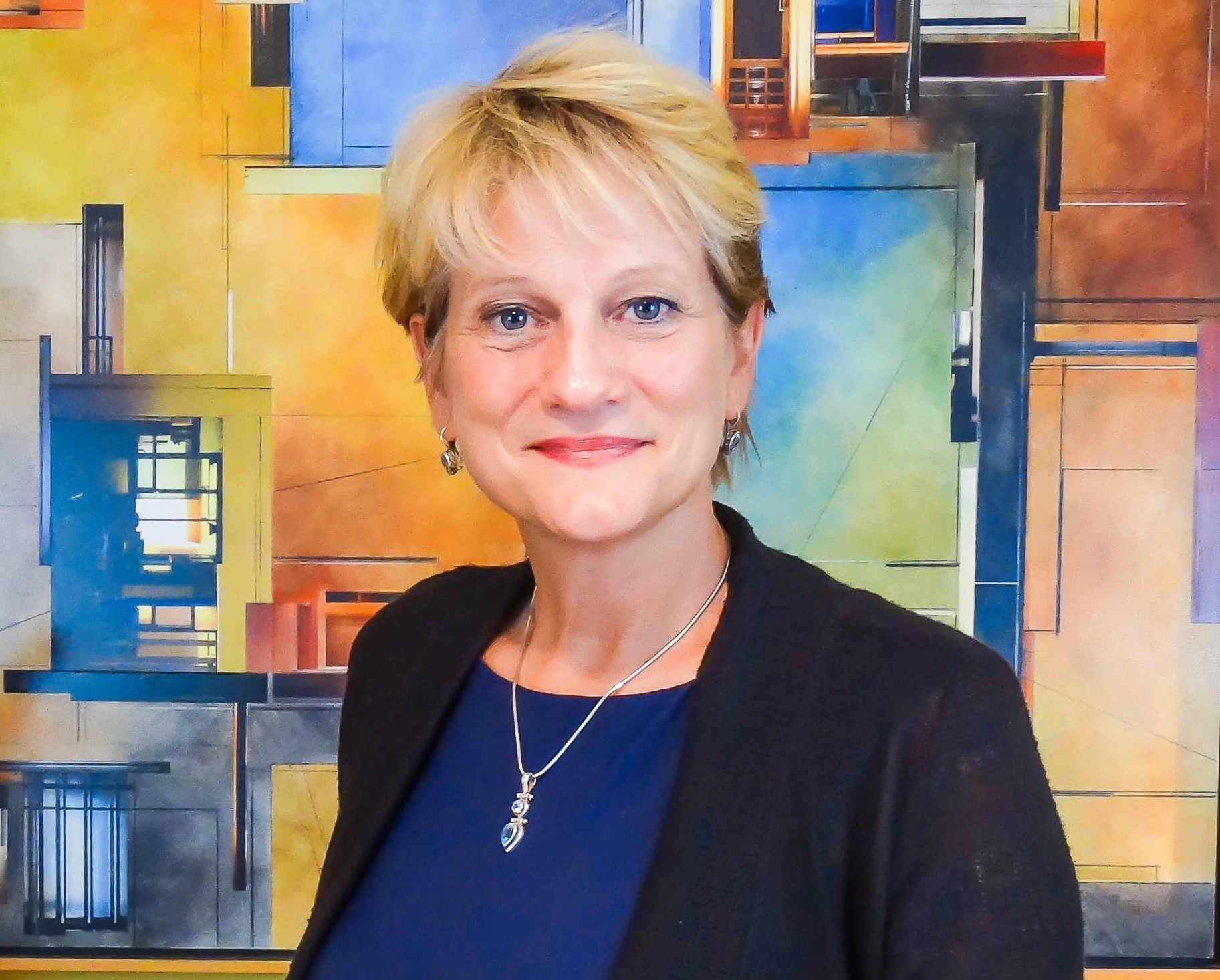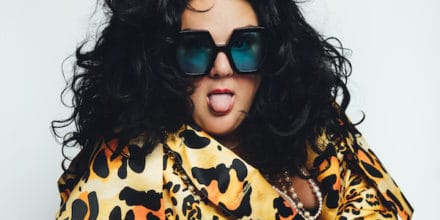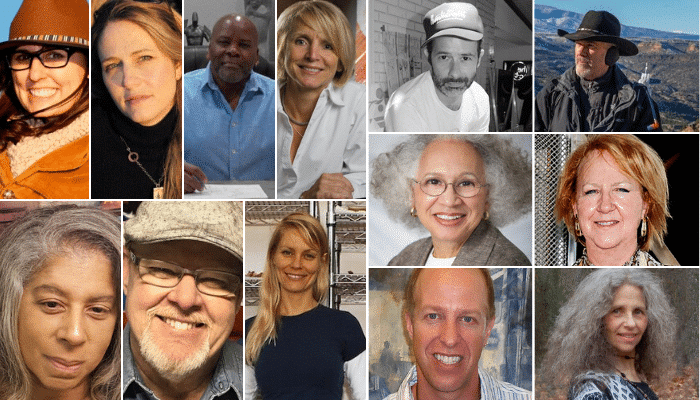Artist Ashley Longshore has never waited for industry gatekeepers to open doors for her: she’s a wildly successful, self-made entrepreneur. Owner of The Longshore Studio Gallery in New Orleans and two high-traffic Instagram profiles, her partners, collaborators, and collectors are a who’s-who of upscale brands and celebrities: Dianne Von Furstenburg, Bergdorf Goodman, Gucci, Rolex, Miley Cyrus, Blake Lively, Penelope Cruz, Salma Hayek, and Eli Manning. Ashley’s been described as a “modern Andy Warhol” for her pop art sensibilities. Rizzoli New York has recently published her second book I Do Not Cook, I Do Not Clean, I Do Not Fly Commercial. In this episode, Ashley weighs-in on instinct, strategy, and other lessons learned in the art business—and discusses being a working artist during the pandemic. Keep your ears open for some very funny, candid, and insightful one-liners.
Artists Are Entrepreneurs
- “Artists are entrepreneurs. There’s nothing wrong with wanting to be financially successful. The idea is that you get to a point where your profits are coming in, people are engaging with your artwork, you have that intimacy within your collector base, and you’ve got enough money in your bank account to make any idea that you have in your brain come to fruition. To me that’s the ultimate goal.”
- “I think in America you have an opportunity to make your own past. When I was told I wasn’t marketable, I decided to build this on my own. Although it wasn’t the easy way, it was the better way, because I understand my audience, I understand my engagement, and I’ve been able to build friendships that led me to great opportunities. Those opportunities have led me to extremely successful creative people.”
- “I have created what I have created on instinct alone. And you know, artists know how to use tools, they know process. Very early, I realized: I’m not going to work with galleries, I’m going to create my own system; I’m not going to give up 50%, I’m going to keep 100% of my profit margins. I’m going to build a business.”
- “I needed to hire people based on the demand for my work—more graphic designers, more photographers, more salespeople. There’s a lot of power in that. I knew I was going to do this my own way, no matter what. That’s the thing: you find your own path and you go for it.”
What It Takes To Be Successful
- “In the beginning, honestly, [it’s about] being as prolific as you can be, understanding your voice, being able to figure out how to be kind to yourself when you’re not completely inspired and on fire. You have to have that strong inner voice of, ‘I can do this, I’m going to be okay. It’s alright that I’m not inspired right now.’ It’s all these little inner thoughts of positivity and optimism. You’ve got to start building that wall inside of you. Because the more you put yourself out there, the more open you are to criticism and the bull**** from the world.”
- “F*** the establishment. F*** what anybody else thinks! You go after it, you cut your own path, you do what you have to do. You know, I’ve been turned down more than a bed in a cheap motel. Rejection is part of what’s going to happen no matter what you do as a creative person, as an entrepreneur, as an ‘artrepreneur’.”
- “The things that I do, I do them with enthusiasm, I do them with gratitude. And I think that energy is really infectious. I also work my ass off, I work quickly, I work my team. And when I’m given a huge opportunity from a billion-dollar global corporation, I work myself to DEATH to make sure that I not only produce, but I over-produce, and I blow their doors off. I mean I live for that moment when they go, ‘You did what?!’ ”
- “Start off with a goal like: I want to make $200 this week. I want to make $200, how can I get creative with my marketing? How can I find out who my audience is? Start with that. Start with that, it’s the little steps. No instant gratification. Instant gratification gets you drunk, high or pregnant.”
Art As A Luxury Item
- “A pair of high heels can cost eighteen hundred dollars. Boots that women buy cost four thousand dollars. And I mean, no—not everybody is buying that—but also, not everybody is an art collector. Being able to collect something…[it’s like the collector is] taking their spirit and putting it in a place. They can buy it and actually live with it. That is a very euphoric, exciting, very luxury type of thing. Through thinking about my work in this way, I’ve always known that I’m not going to pull any prints right now.”
Social Media & Beyond: You Control Your Message
- “Every time I create the new series and put it out there for people to see, there’s always new engagement. I mean how many people are there on the planet now? Nine billion people, ten billion people? I haven’t even begun to reach all the people that could relate to the message that I’m putting out there. That’s the whole thing that’s exciting.”
- “Social media is not just the answer. Having one art show is not the answer. It takes years of putting lots of lines in the water, the more lines you have in the water the more fish you can catch. Period.”
- “It was just a few years ago at art fairs that I started to see paintings of women of colour, that I started to see black artists that were being brought into these art fairs. Now is a great time to be an artist. I think a lot of this also has to do with social media—I think using social media you can control your own message, you can control what you’re putting out there.”
Underrepresented Artists
- “I’m not going to sit around and talk about the fact that ‘they’re not getting women in…!’ No. I’m going to work really hard. I’m building a pyramid right now, I want to have a huge foundation, I want to have a space where I can showcase female artists and artists from diverse backgrounds, artists from underrepresented communities. I want to have a platform where I can do that—and the harder I work, the more money I make, the more power and control I have over that. So I mind my business, and work hard and stack that paper up, instead of sitting around and whining about it, I do something about it.”
Thanks to Jerry’s Artarama for their support of CHF and The Thriving ArtistTM podcast.

